5 harmful mistakes lowering your home's air quality and compromising your health – plus easy fixes from air quality experts
Say goodbye to toxic candles and humidity
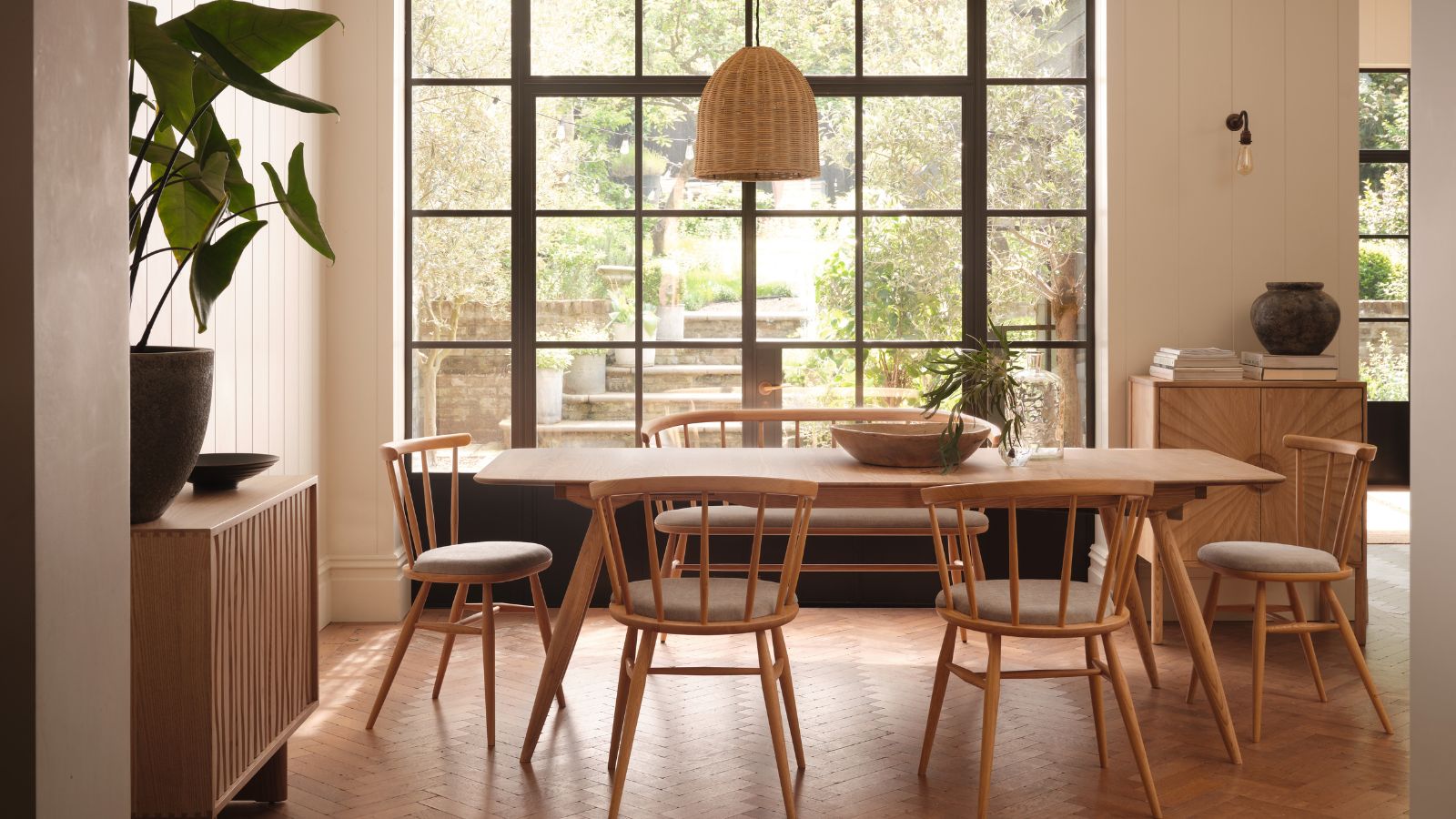
Your home's air quality can be influenced by many obvious things such as outdoor pollution and dust, but do you know about the surprisingly common and more subtle mistakes that are lowering the quality of your indoor air?
These five errors revealed by our air quality and HVAC pros including lighting toxic candles, and can be as subtle as cooking food or simply walking through the house. Whilst some activities are unavoidable, you can still reduce the impact on your health by improving the air quality in your home.
Five common mistakes lowering your air quality
1. Candles and incense
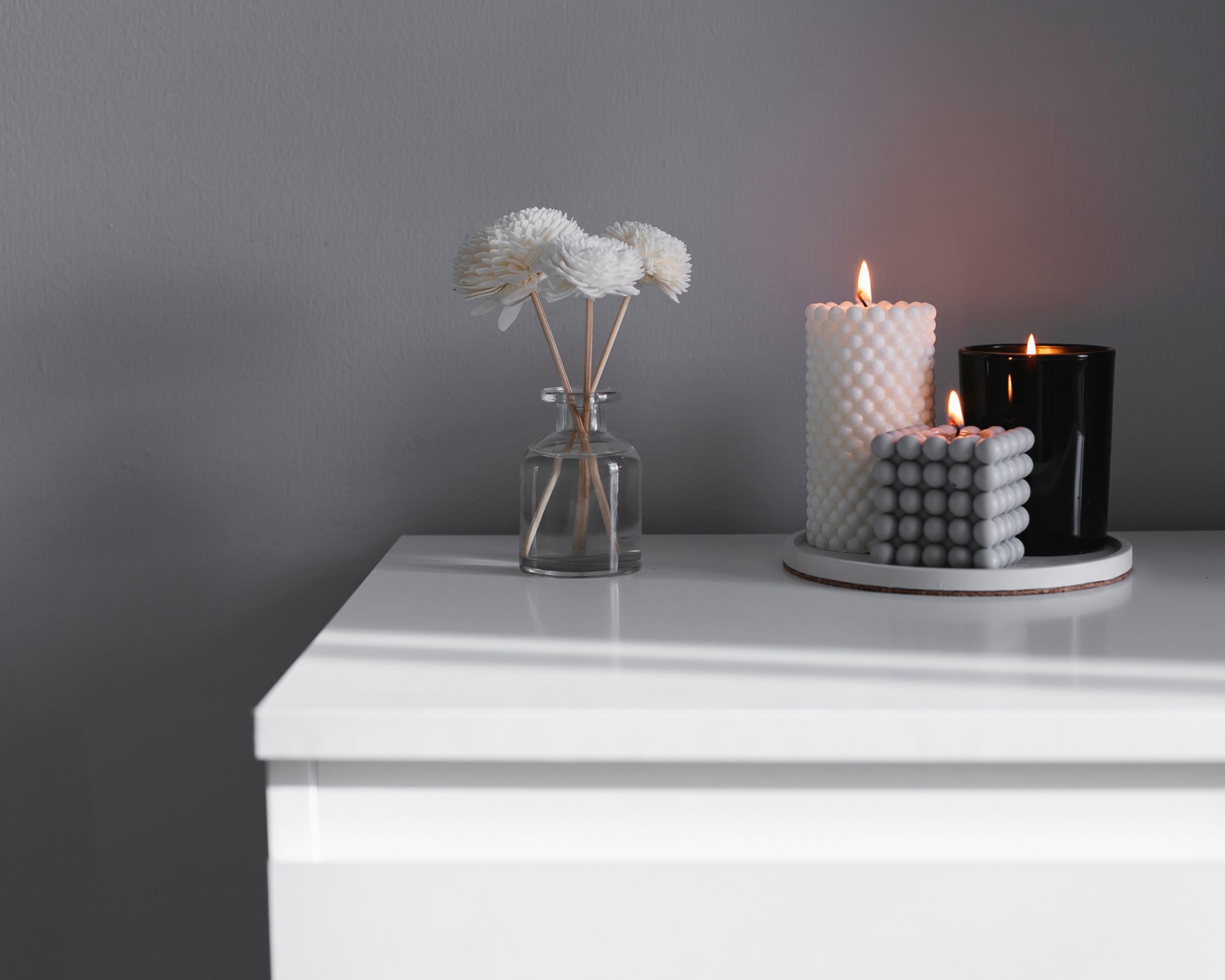
Candles made from toxic wax may include paraffin or have toxic wicks. Look for soy and other natural candle wax types, plus cotton wicks for a safer burn.
'It might seem controversial, but use of air fresheners, scented candles, synthetic essential oils, or even “natural” room sprays can introduce volatile compounds,' explains seasoned HVAC expert and owner of KC's 23½ Hour Plumbing & Air Conditioning.
Sadly, many mass-produced candles are secret things polluting your home's air. They ate made from toxic paraffin wax that releases harmful chemicals like formaldehyde and Volatile Organic Compounds (VOCs) into the air. These can irritate your eyes, throat and lungs.
This is why at Homes & Gardens we advocate learning how to pick non-toxic candles. Skip paraffin, and opt for natural waxes such as soy, and go for cotton wicks that are lead free.
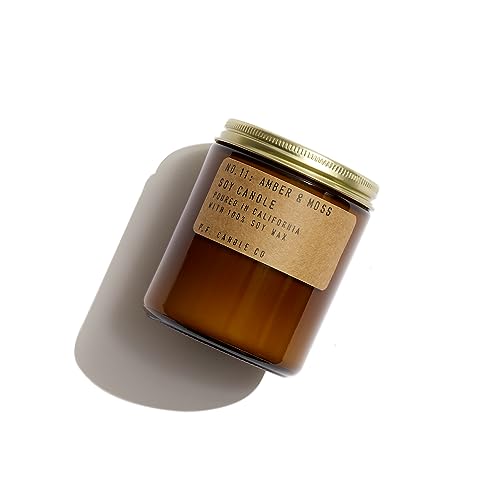
Look no further than P.F. Candle Co.'s Amber & Moss soy range, one of our favorite picks for an affordable, non-toxic candle that's available in 11 different scents, from vanilla and ghost pepper to sandalwood rose.
It's not just candles that can be a harmful way to make a bedroom smell good for sleep.
Michael Rubino, air quality expert and founder of HomeCleanse explains, 'Incense can be bad for air quality because it releases particulate matter into the air. It also releases VOCs, including benzene, toluene, and xylenes, as well as aldehydes and polycyclic aromatic hydrocarbons.'
Regular use of incense, particularly with the windows closed, lowers your home's air quality and is harmful to your health due to the airborne chemicals. A study published in the European Medical Journal found burning one gram of incense releases 45mg of particulate matter, four time higher than one cigarette, and produces similar effects to second hand smoke inhalation.
We instead recommend low or smokeless incense as a way to make your bedroom smell like a luxurious hotel suite. This low-smoke set from Asayu Japan at Amazon contains only natural ingredients.
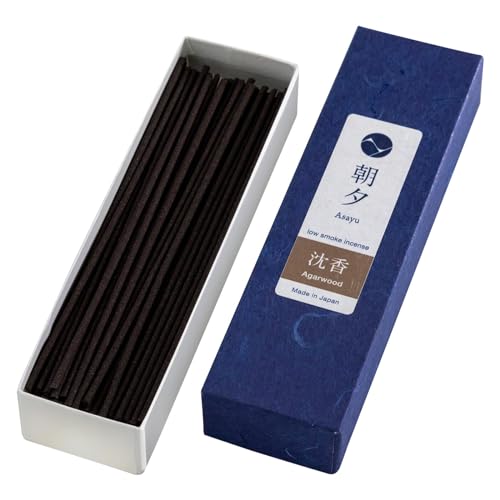
This Japanese, low-smoke set of incense stick contains no chemical fragrances, producing a gentle scent of rose or agar wood.
2. Cooking
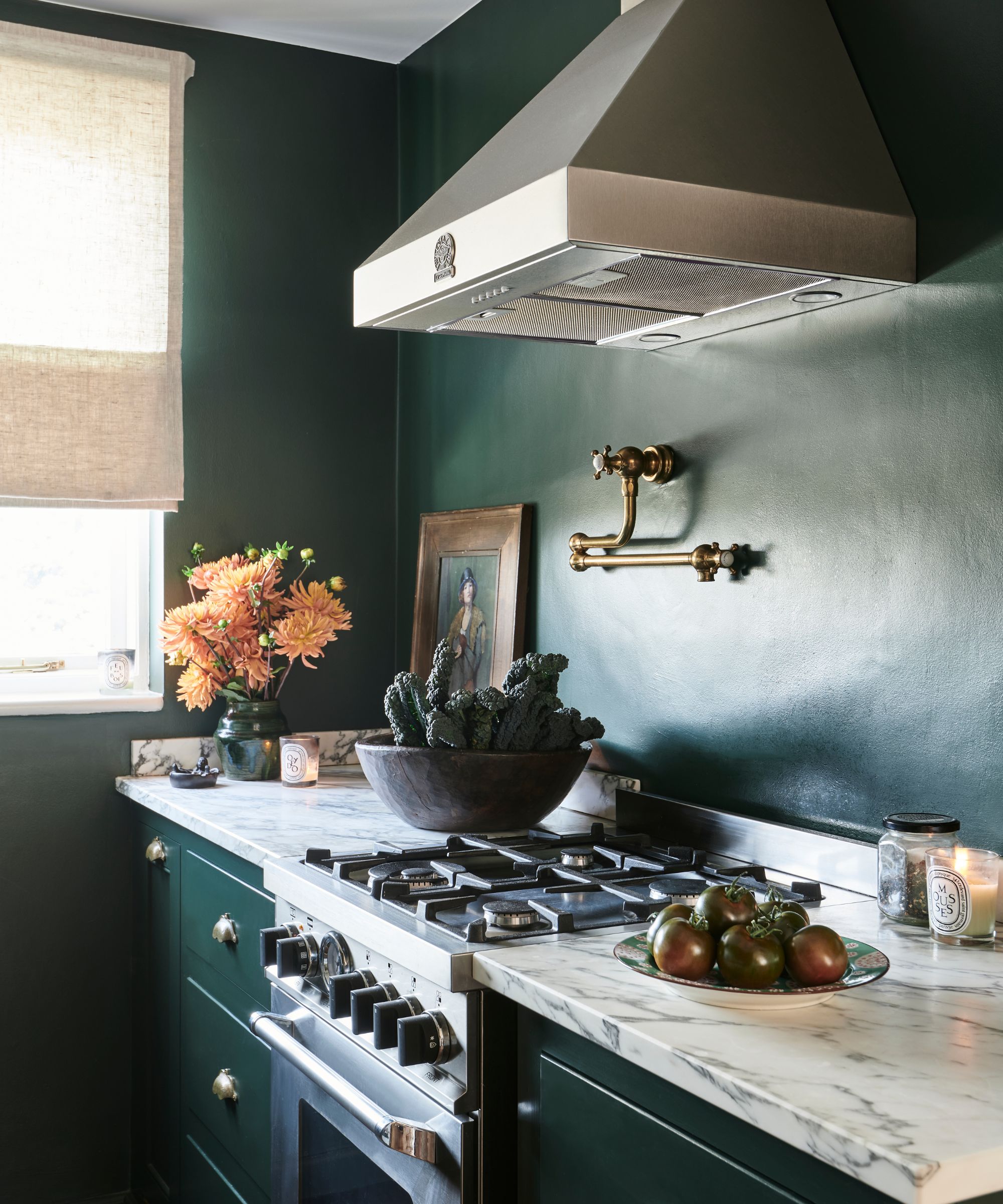
The oils, fats and high temperatures of cooking can release unwanted compounds into the air. Whilst cooking can't be avoided, poor ventilation when cooking can be remedied.
'High-temperature cooking methods such as frying and grilling can emit ultra-fine particles and VOCs comparable to light smoking,' shares Kelly. They add that 'even water boiling releases moisture that, without proper extraction, encourages mold growth over time.'
Improving ventilation in your home, especially in the kitchen both during and after this vital activity will definitely help reduce the harmful compounds, and reduce the risk of mold, too.
Michael adds, 'Cooking can increase humidity, creating ideal conditions for microbial growth if the moisture is present for 24-48 hours. The combustion of gas stoves releases nitrogen dioxide (NO2) and carbon monoxide (CO), both of which are bad for your health.'
Always use the kitchen hood when cooking and leave it on until the gases and moisture have been extracted. And don't forget to clean your kitchen hood regularly so that its airflow isn't restricted.
No kitchen hood? No problem, all you need is one of the best fans and open windows. The Shark FlexBreeze is a personal favorite, it's fully portable and can be switched to tabletop mode to have it blow right over your cooker.
You can also use an air purifier to improve the quality of air in your home, but it will need to have a HEPA filter to capture the smallest of harmful particles.
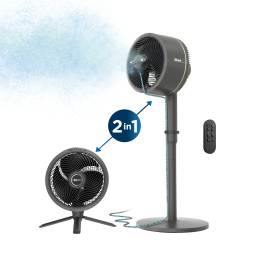
The Shark FlexBreeze is incredible not just as a portable summer savior, but also to help air out my poorly-ventilated home and dry my laundry year-round. Read my five-star Shark FlexBreeze review to find out why it's worth the spend.
3. Storing cleaning supplies under the sink

Tony Abate, indoor air quality expert and VP and CTO of AtmosAir, explains that storing your cleaning solutions under the kitchen sink is a 'bad idea as they will release TVOC into the air.'
TVOCs are organic compounds that evaporate into the the air at room temperature. Even if your cleaners are sealed in air-tight containers, these chemicals can evaporate into the air you breathe when you open the box.
They're one of the many things to not store under the kitchen sink, as well as electricals, pots and pans, and anything flammable. Instead, store your cleaning supplies in low traffic areas of your home, such as under the stairs or in the garage. Plus, decluttering under the kitchen sink is an instant way to create more storage space.
Switching to non-toxic cleaning essentials and DIY cleaning products will also reduce the toxicity of evaporated products.
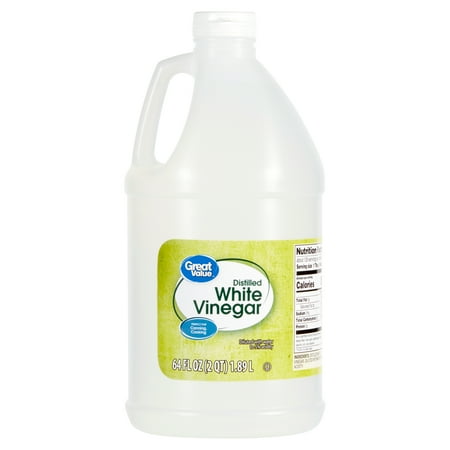
White vinegar is versatile, natural, non toxic and food safe and there are so many ways you can use vinegar to clean your home. Avoid it on porous stone and materials like marble however as it may damage these surfaces.
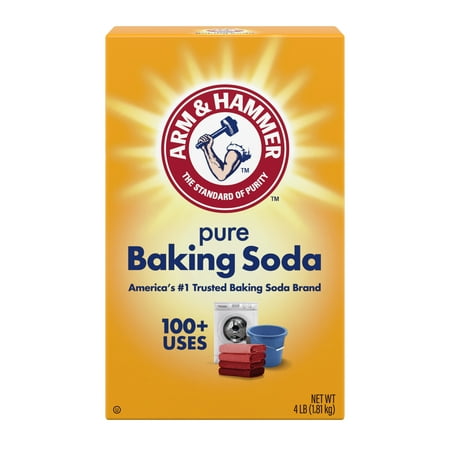
This natural, gentle abrasive is also brilliant for tackling laundry stains. Baking soda is also one of the best natural deodorizers.
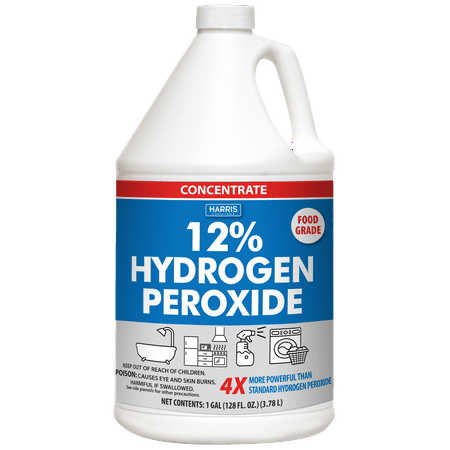
Cleaning with hydrogen peroxide is super for disinfecting around your home without the need for harsh chemicals. It's also safe to use around pets.
4. Ignoring humidity
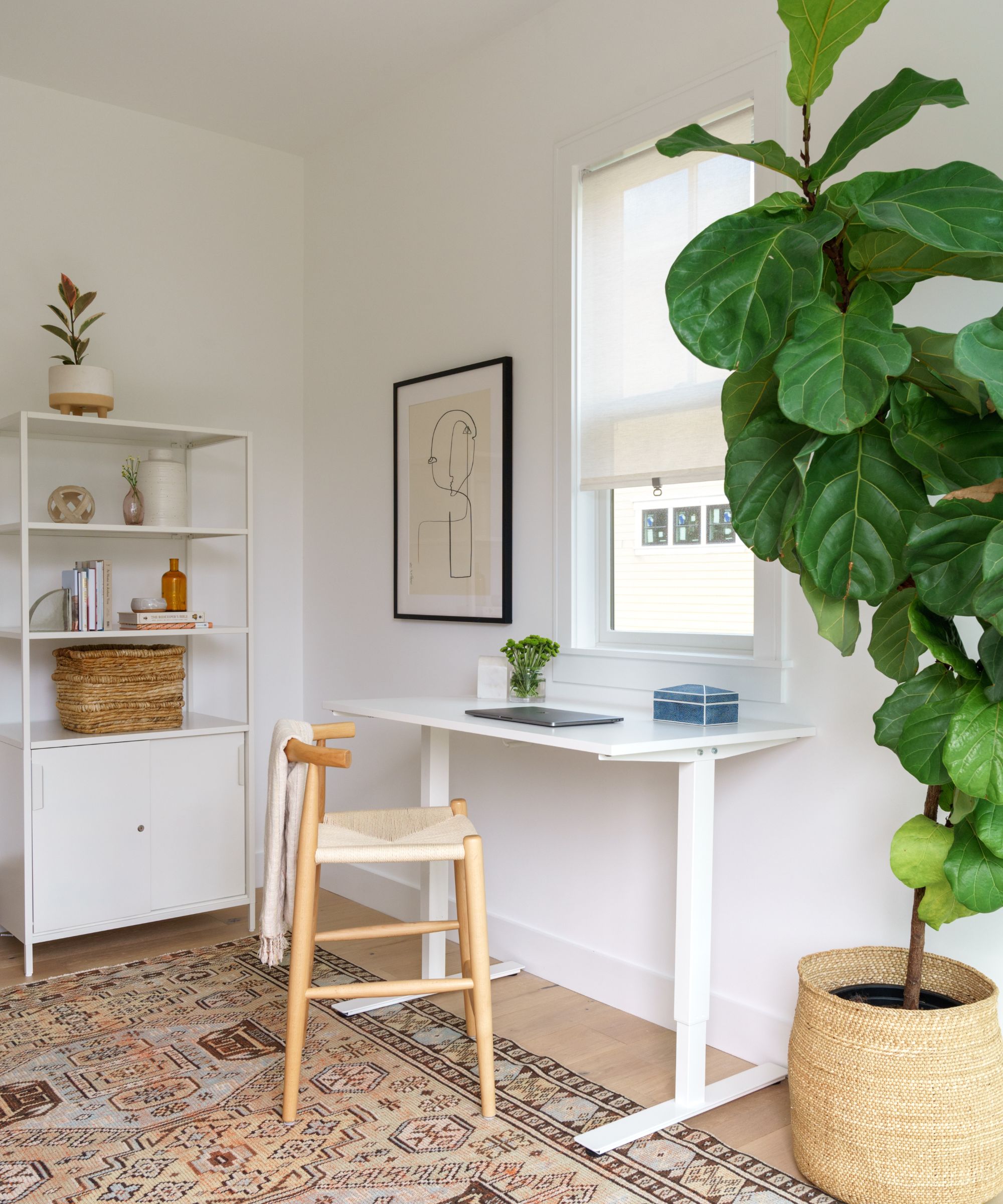
'Beyond the usual things like use of harsh cleaning products and not replacing HVAC filters, many people ignore humidity,' Kelly advises. It's why I always suggest investing in a new humidifier, which truly changed my home and life. You can also track your indoor relative humidity (RH) and keep it at its optimal level.
If you don't have a dehumidifier, using a digital hygrometer, available at Amazon is a simple and cheap way to keep track of your home's moisture levels. According to the EPA, the ideal RH to aim for is between 30-50%.
Air that's too dry is not only uncomfortable, but will often contain more irritants and pathogens. Air that's too humid encourages the growth of mold and mildew. Both are a nightmare for anybody with respiratory issues or allergies.
To reduce your home's humidity, open the windows for ventilation, place your dehumidifier in the best spot, or invest in some new indoor plants that can help. A Boston fern, for example, can absorb moisture from the air as a natural way to reduce humidity.
To increase your home's humidity levels, a humidifier is the surest approach, but you can also trap steam after showers or place water on a heat source.
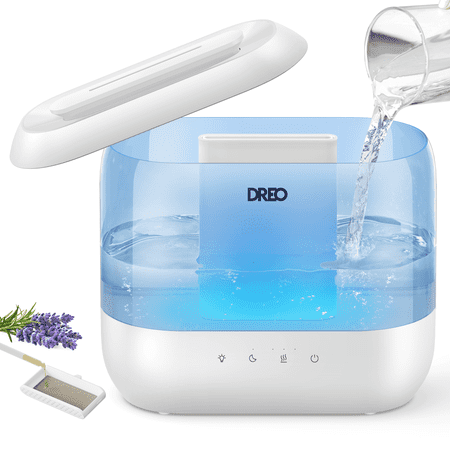
The Dreo Humidifier can help raise your humidity levels if your home's particularly dry, diffuse essential oils and be used as a night light.
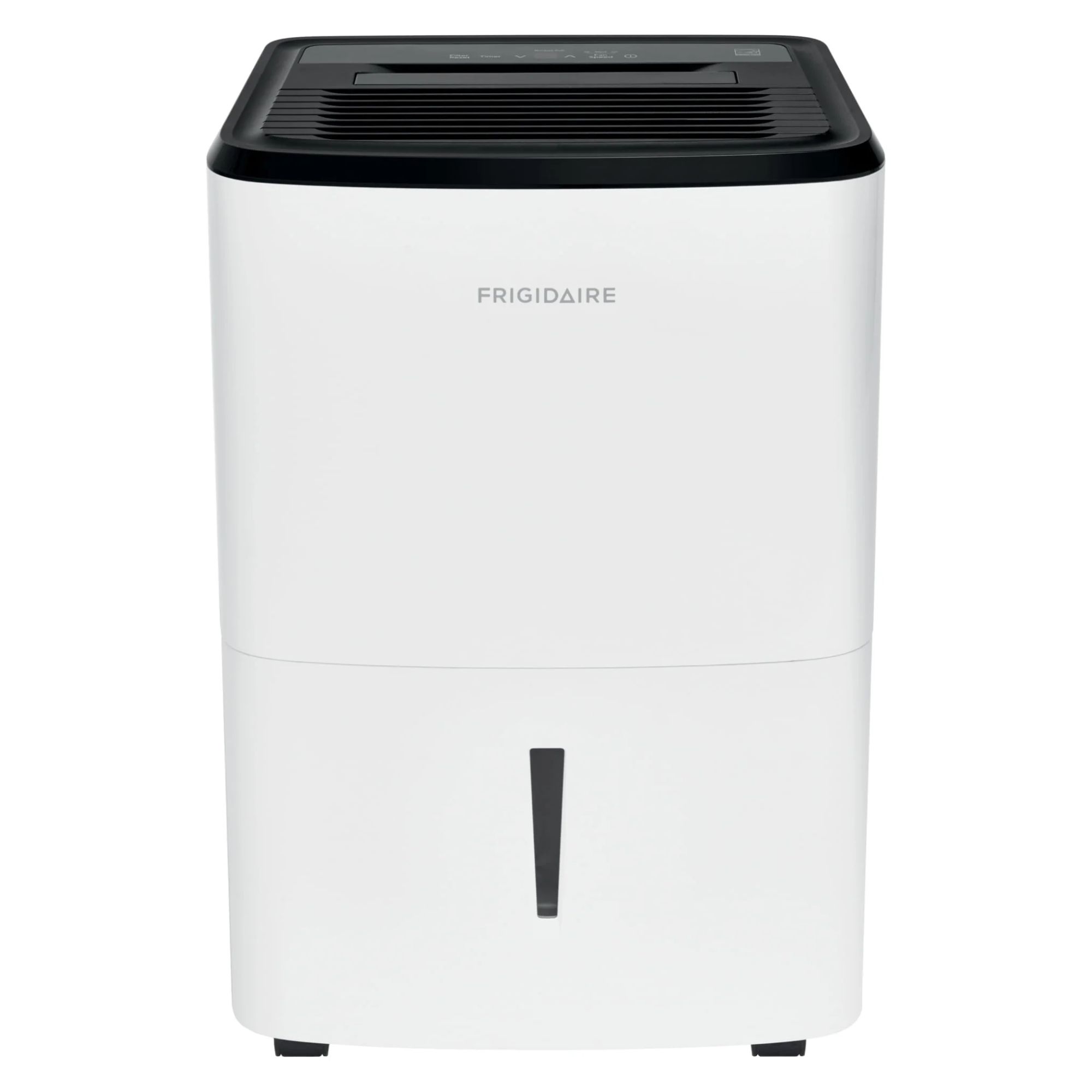
We've tested this smart model, which can lower the humidity of large rooms, even remotely, with automatic and smart features to maintain the optimal level. Read our Frigidaire 50-Pint Dehumidifier review to find out why it's a firm favorite.
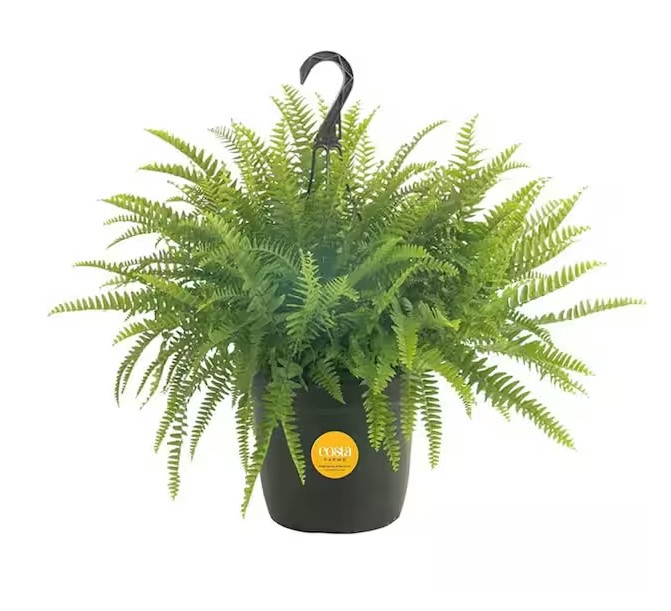
A Boston fern can absorb moisture from a room as a natural and eco-friendly way to reduce your home's humidity levels, making it one of the best bathroom plants.
5. Not using an air purifier

No matter the ventilation or HVAC mistake compromising your air quality, an air purifier definitely helps. It has tight filters that trap airborne particles from your indoor space while the purifier's fans pull air in. Pollutants like pollen, dander, dust, cooking gases and wildfire smoke can all be removed from the air you breathe.
'Even routine activities – like vigorous dusting or frequent door slamming – can stir up settled dust and allergens into the air,' Kelly notes. Not just that, but walking through the house, opening the windows and having the fan on can move irritants around the house. It's also why allergies can get worse after vacuuming.
So if you're ever doing a task like dusting, cleaning, cooking or vacuuming turn the purifier on. We've tested 16 of the best air purifiers and our personal favorite, and the one I still use in my own home, is the Shark NeverChange Air Purifier MAX. It covers a massive 1,400 square feet and can even neutralize odors for a fresher-smelling room.
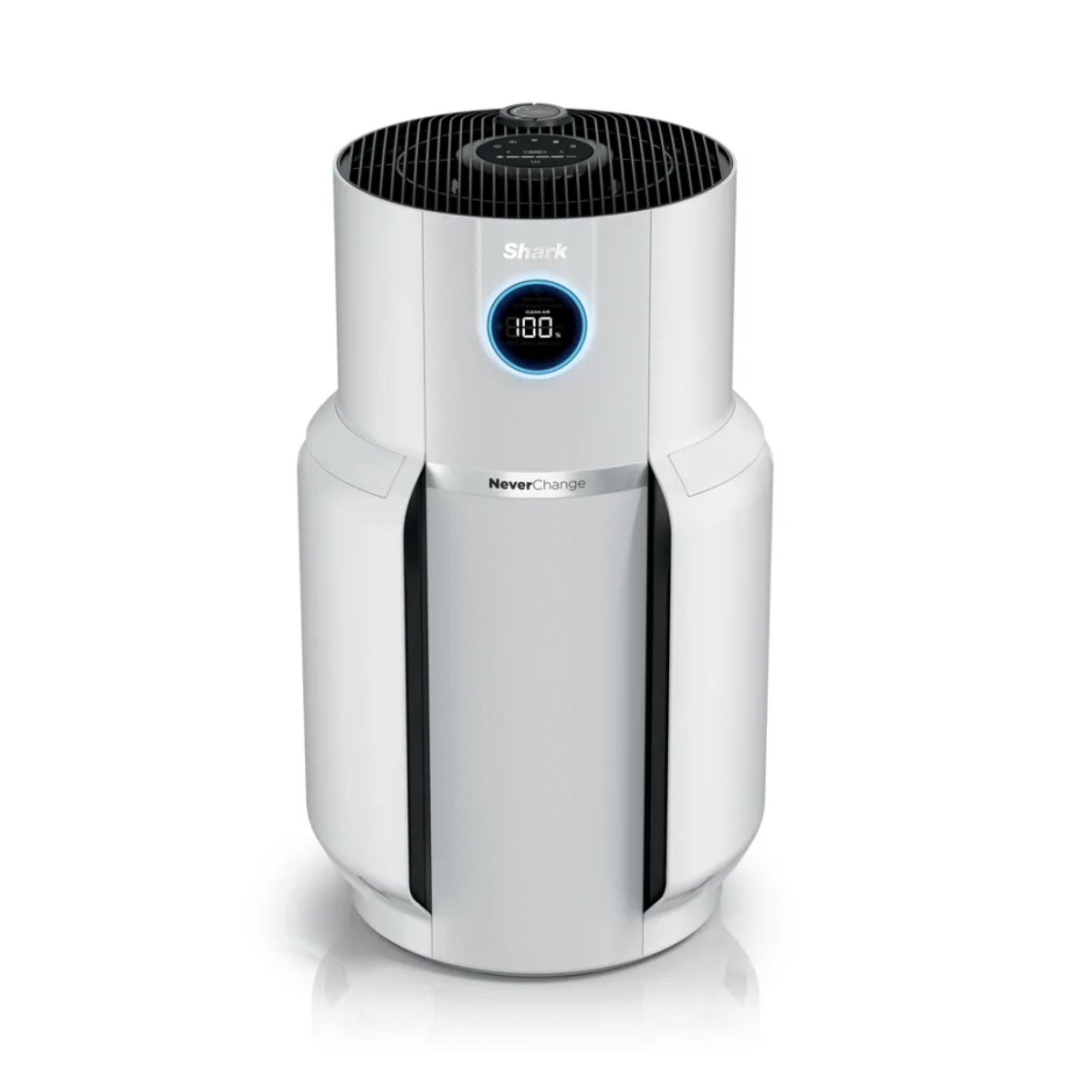
The NeverChange MAX can quickly clear a room of contaminants, and on test I found it to work for odors and pollution in other rooms of the house. It's also more modestly priced than the alternatives on the market, despite being one of the best performing. Read more in my full Shark NeverChange Air Purifier MAX review.
Meet our experts
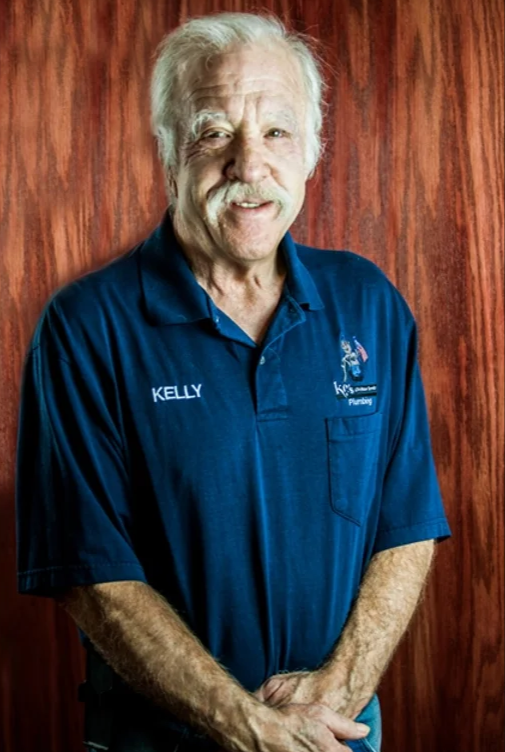
Kelly Russum is the owner of KC’s 23½ Hour Plumbing & Air Conditioning, and a seasoned plumber and HVAC expert with over 46 years of hands-on experience with air quality and related appliances.
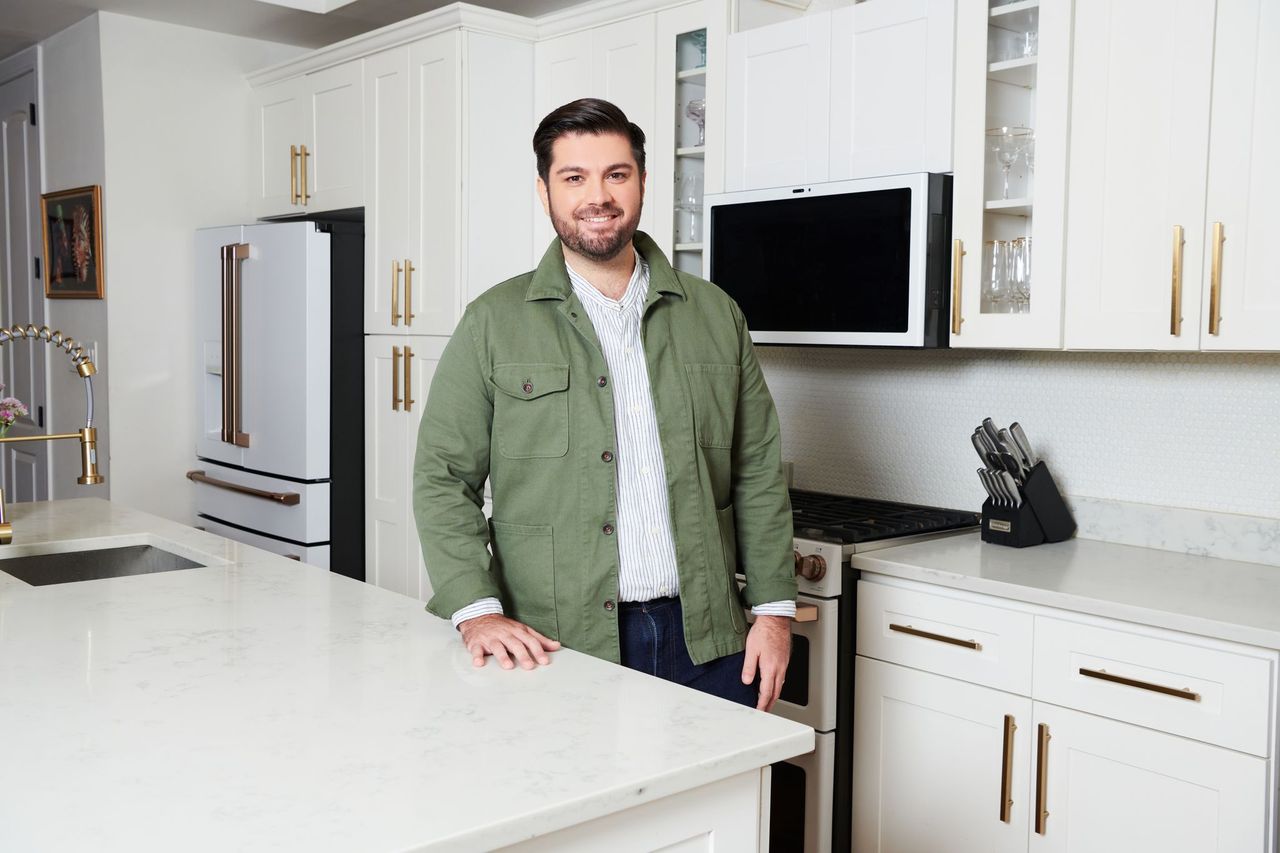
Michael Rubino is a mold and air quality expert, environmental wellness advocate, and founder of HomeCleanse. He is also the Host of Never Been Sicker podcast and Chair of Change the Air Foundation.
Next, find out whether you should run your AC when the air quality is bad.
Sign up to the Homes & Gardens newsletter
Design expertise in your inbox – from inspiring decorating ideas and beautiful celebrity homes to practical gardening advice and shopping round-ups.

Dan is the Home Tech Editor for Homes & Gardens, covering all things cleaning, smart home, sound and air treatment across the Solved section. Having worked for Future PLC since July 2023, Dan was previously the Features Editor for Top Ten Reviews and looked after the wide variety of home and outdoor content across the site, but their writing about homes, gardens, tech and products started back in 2021 on brands like BBC Science Focus, YourHomeStyle and Gardens Illustrated.
They have spent more than 200 hours testing and reviewing vacuums for Homes & Gardens, and have even visited Dyson's engineering labs for the full low-down of the ins and outs of our trusty cleaners.
Dan has a BA in Philosophy and an MA in Magazine Journalism. Outside of work, you'll find them at gigs and art galleries, cycling somewhere scenic, or cooking up something good in the kitchen.
You must confirm your public display name before commenting
Please logout and then login again, you will then be prompted to enter your display name.
-
 7 tiny chores that instantly make your home look more put together without buying anything – including shopping your stash and quick decluttering
7 tiny chores that instantly make your home look more put together without buying anything – including shopping your stash and quick declutteringSimple organization can make a real impact, experts assure
By Ottilie Blackhall
-
 Want to make your home look more charming? These 4 Benjamin Moore exterior shades will up your curb appeal
Want to make your home look more charming? These 4 Benjamin Moore exterior shades will up your curb appealIf you're on the prowl for a new shade to try for the outside of your home, Benjamin Moore has unveiled its most 'charming' colors
By Sophia Pouget de St Victor
-
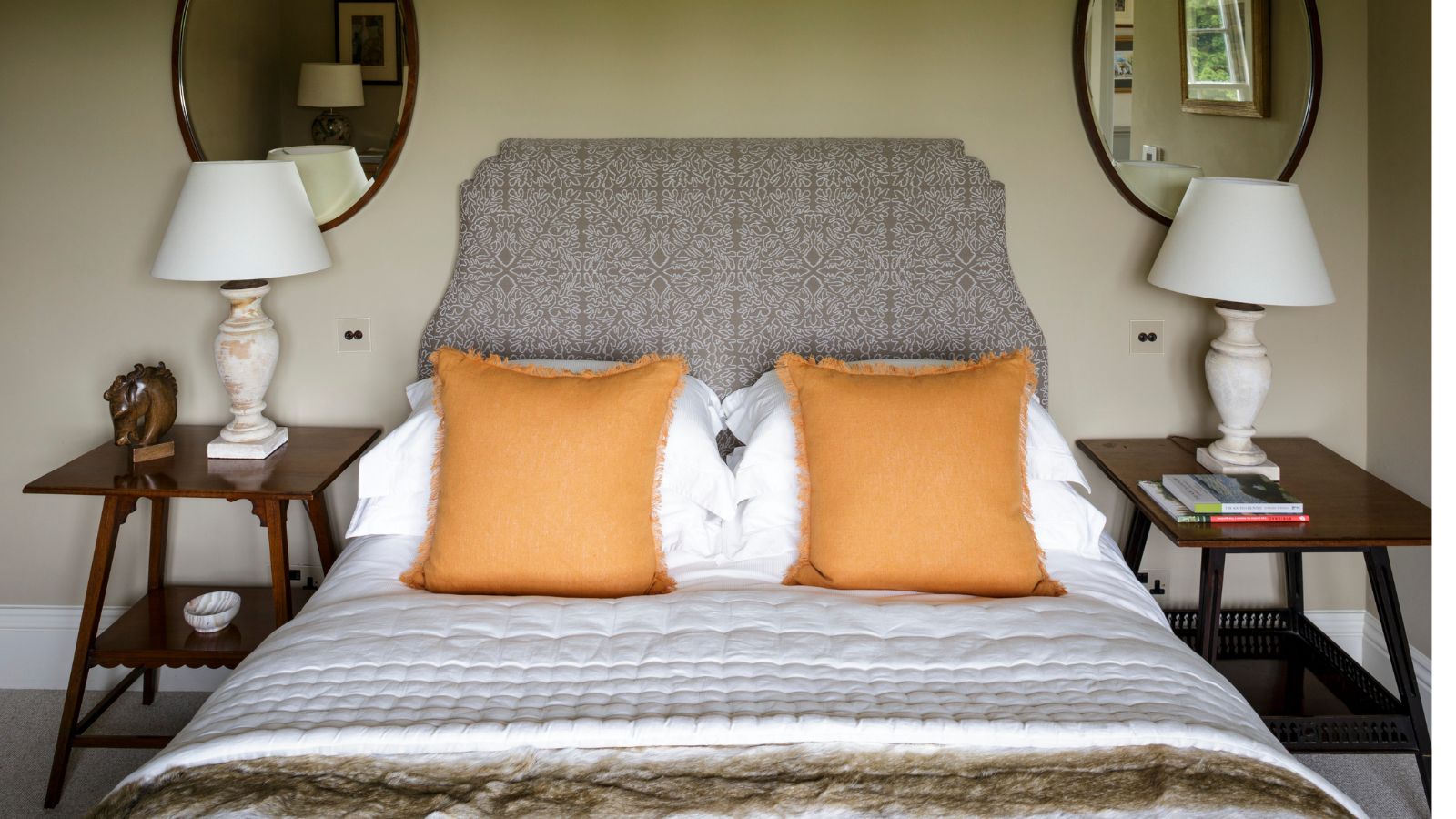 5 surprisingly practical ways to re-purpose old bed sheets for cleaning, decluttering and storage at home
5 surprisingly practical ways to re-purpose old bed sheets for cleaning, decluttering and storage at homeDon't ditch worn-out bedding – there's life in them yet
By Natasha Brinsmead
-
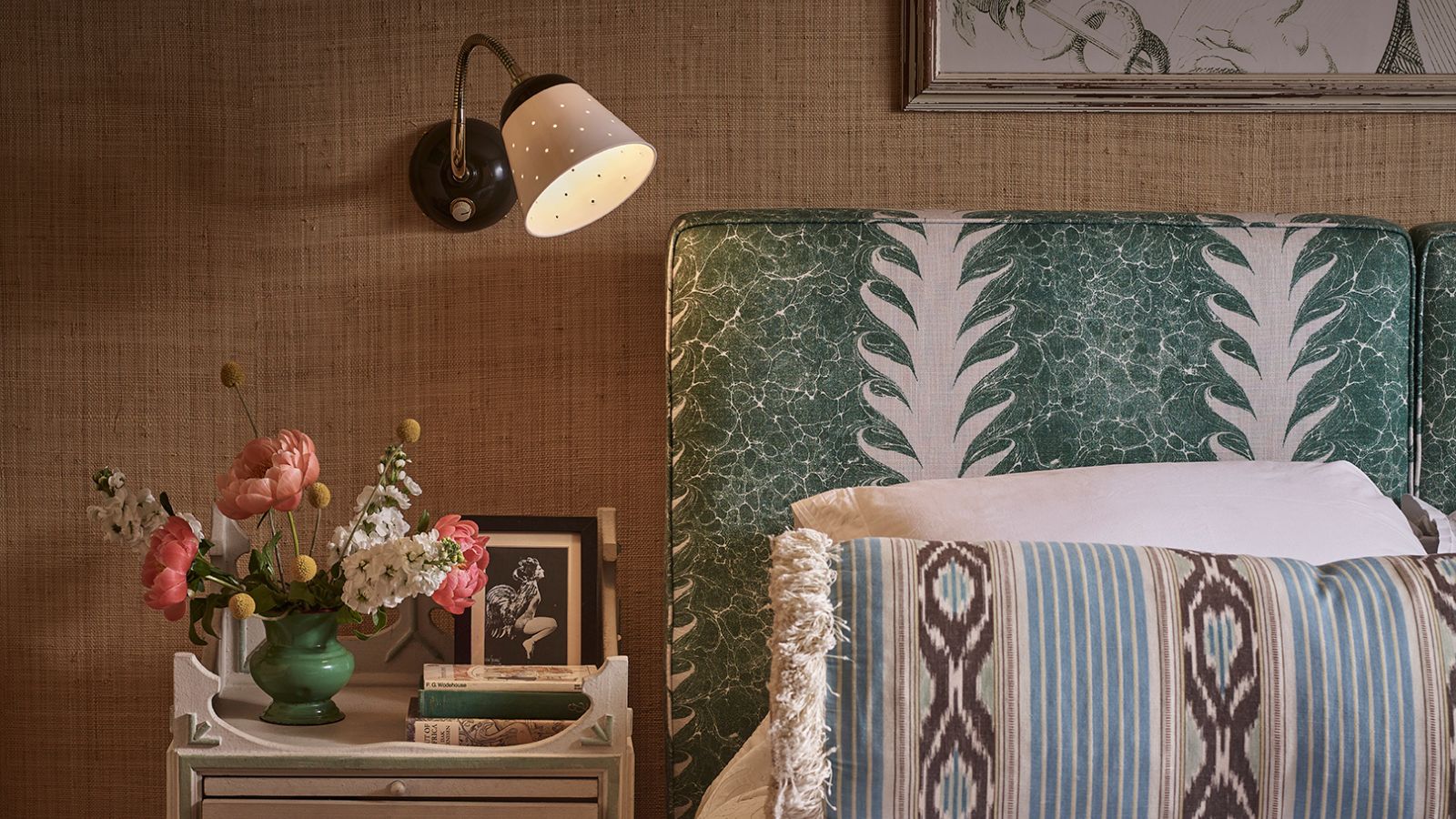 Do you need to turn the lights off when you leave a room? Experts have ended this time-honored debate once and for all
Do you need to turn the lights off when you leave a room? Experts have ended this time-honored debate once and for allOn or off? We delve into the details of this age-old dispute
By Chiana Dickson
-
 I tried the baking soda trick to quickly and naturally clean my outdoor rug – it’s now set for Easter outdoor hosting
I tried the baking soda trick to quickly and naturally clean my outdoor rug – it’s now set for Easter outdoor hostingBaking soda is perfect for lifting dirt and debris
By Eve Smallman
-
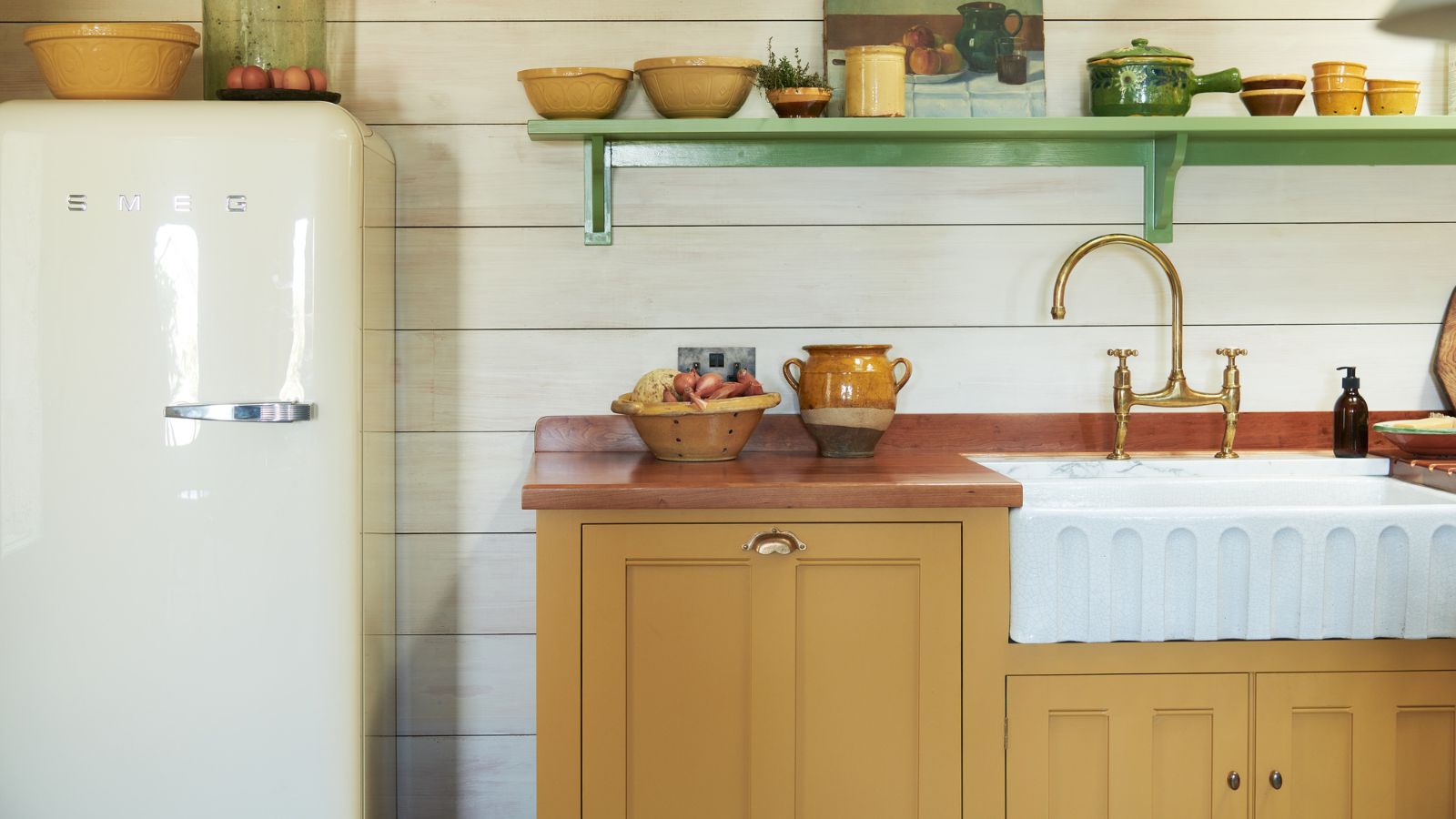 The 5 worst things you can do to your fridge – these will drive up energy costs and result in pricey and regrettable repairs
The 5 worst things you can do to your fridge – these will drive up energy costs and result in pricey and regrettable repairsIt's crucial to swerve these blunders, appliance experts warn
By Ottilie Blackhall
-
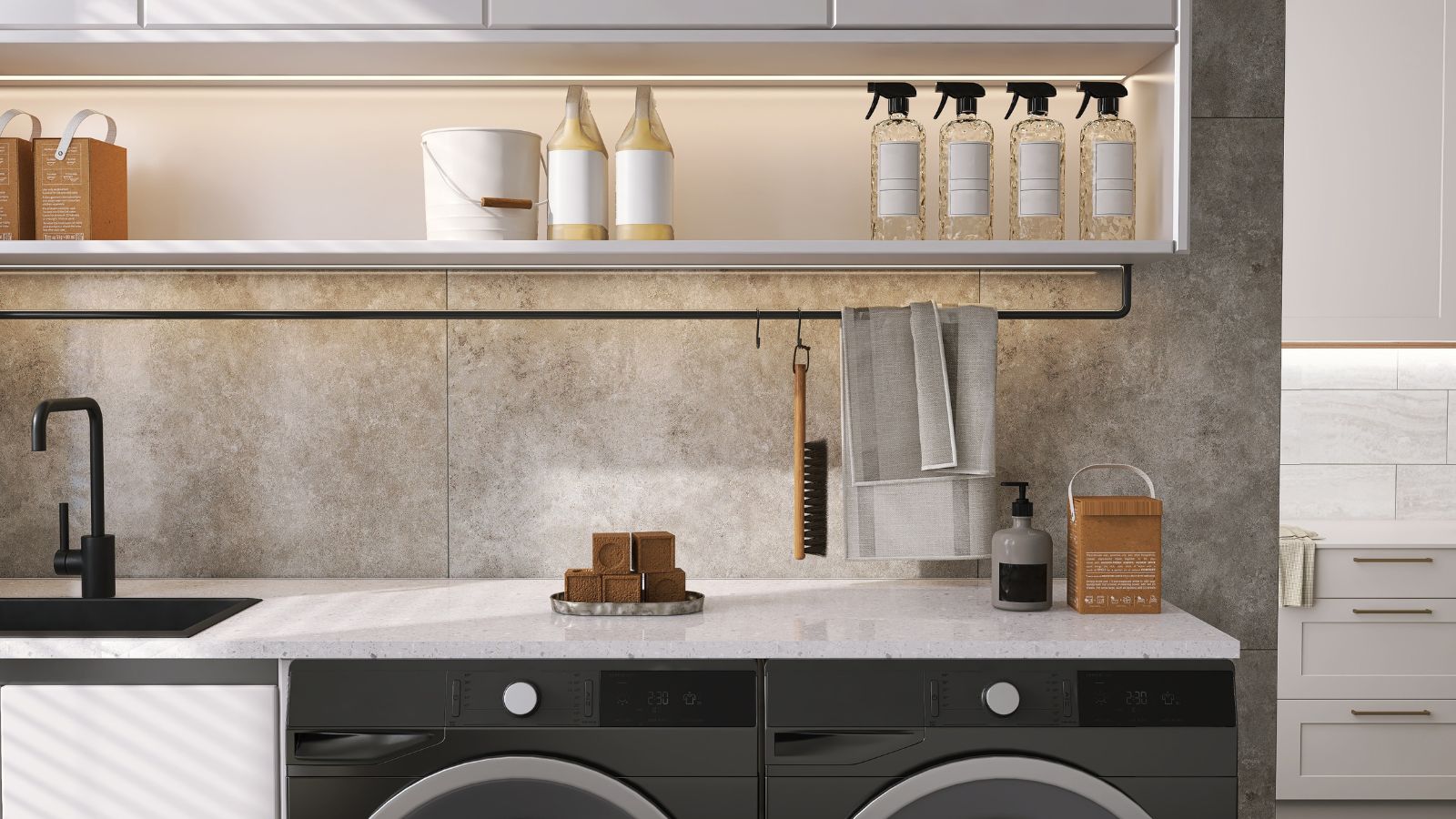 Extend the lifespan of your appliance with 5 simple but crucial washing machine maintenance tips
Extend the lifespan of your appliance with 5 simple but crucial washing machine maintenance tipsFrom cleaning the filters to keeping the door open, experts reveal the washer tips they swear by
By Andy van Terheyden
-
 5 vital ways a home battery backup can help with your most urgent needs in a power outage – from heating to flood prevention and calls
5 vital ways a home battery backup can help with your most urgent needs in a power outage – from heating to flood prevention and callsExperts say they're a worthy investment
By Clement Feng
-
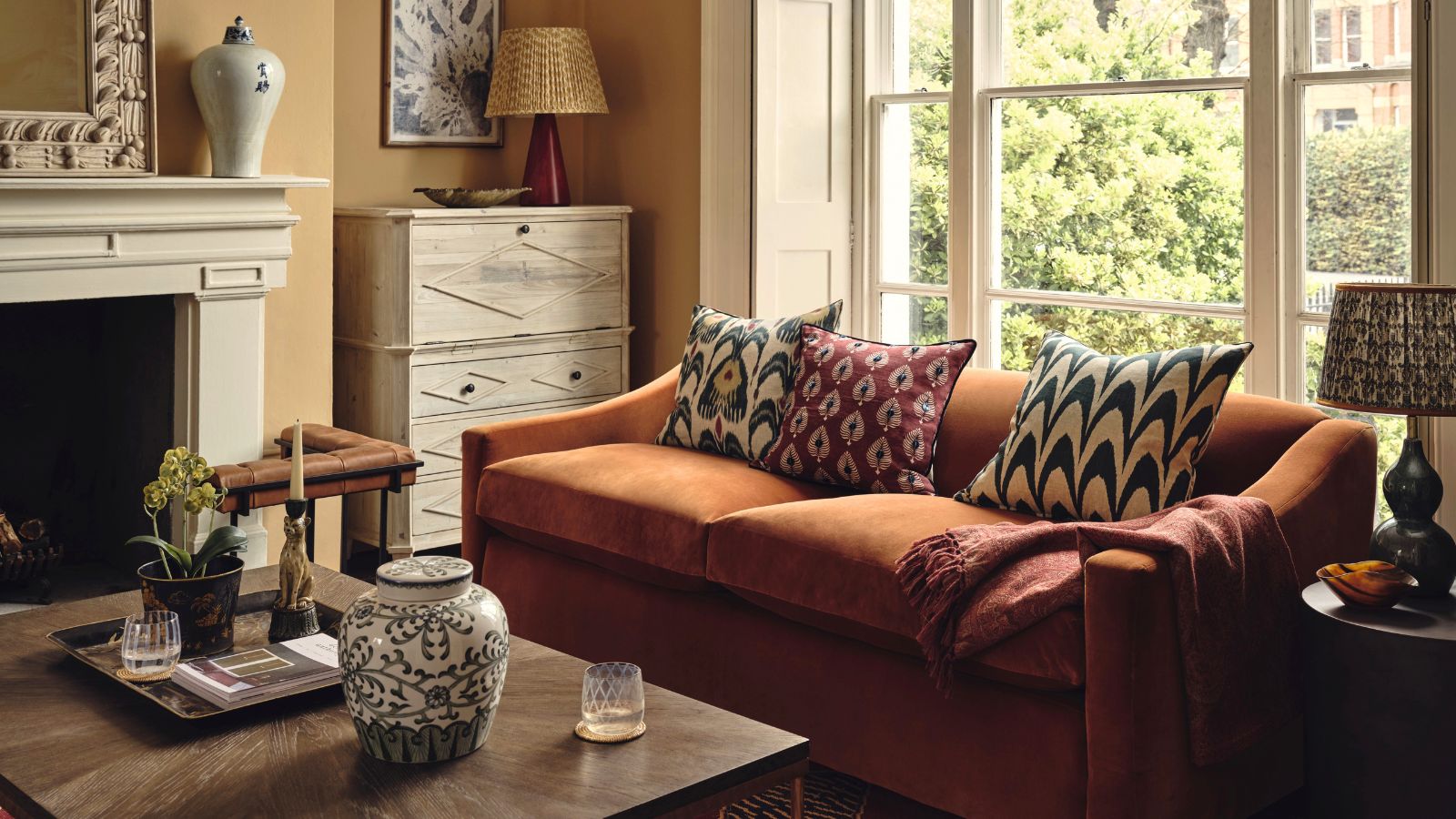 I’m an HVAC technician, and this is when I turn on my AC each year – plus 5 checks I always do beforehand
I’m an HVAC technician, and this is when I turn on my AC each year – plus 5 checks I always do beforehandSave yourself an AC hassle by running my checks and turning it on before big heat hits
By Josh Mitchell
-
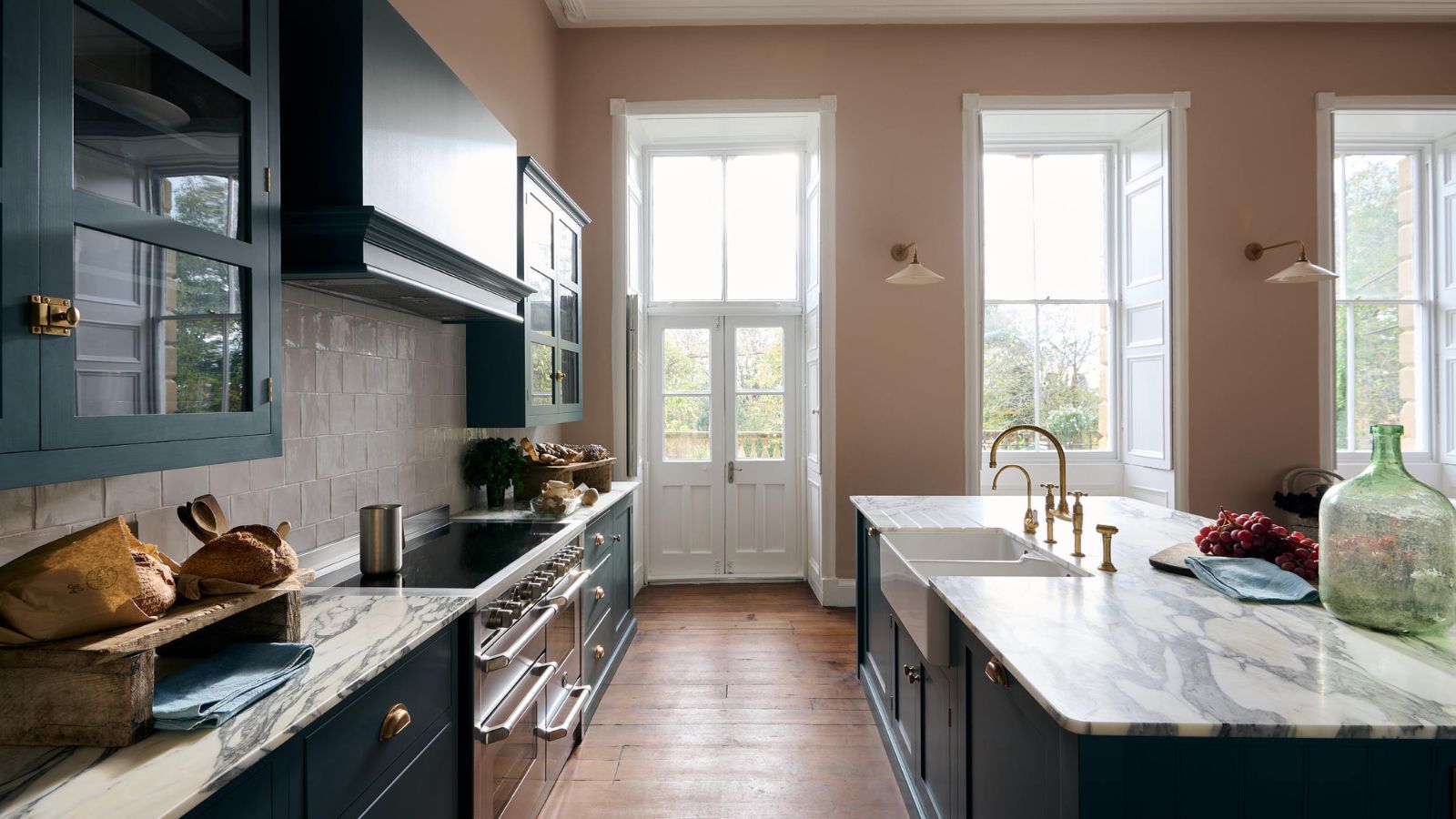 6 things you should never throw in the trash – and what to do for safe disposal instead
6 things you should never throw in the trash – and what to do for safe disposal insteadFrom batteries to space heaters, experts reveal what not to throw
By Andy van Terheyden